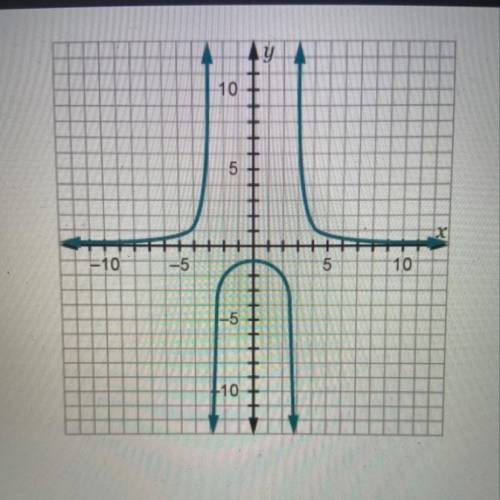Use the graph of f(x) to explain why the function has no real zeros.
A. The graph of f(x) does...

Mathematics, 05.05.2020 03:13, weeblordd
Use the graph of f(x) to explain why the function has no real zeros.
A. The graph of f(x) does not pass through (0, 0); therefore,
f(x) has no real zeros.
B. The graph of f(x) does not cross the x-axis; therefore,
f(x) has no real zeros.
C. The graph of f(x) does not cross the y-axis; therefore,
f(x) has no real zeros.
D. The graph of f(x) has one or more asymptotes;
therefore, f(x) has no real zeros.


Answers: 2
Other questions on the subject: Mathematics

Mathematics, 21.06.2019 13:30, ciya12
What is the effect on the graph of the parent function f(x) = x when f(x) is replaced with 3f(x)? a) shifts the line 3 units up b) shifts the line 3 units down c) increases the slope of the line by a factor of 3 d) decreases the slope of the line by a factor of 3
Answers: 3


Do you know the correct answer?
Questions in other subjects:

Mathematics, 13.08.2021 20:50

Biology, 13.08.2021 20:50

Mathematics, 13.08.2021 20:50



Mathematics, 13.08.2021 20:50











